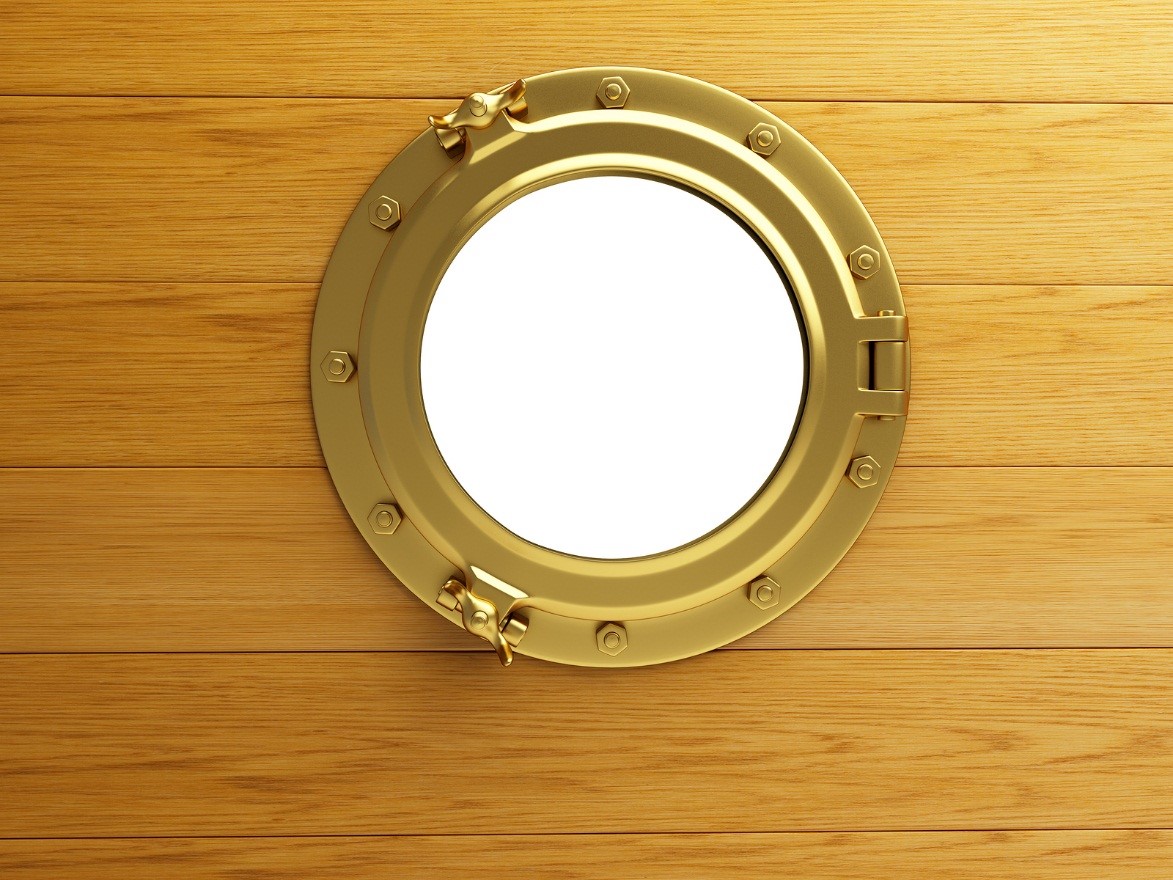In perusing brass sales, manufacturers of shipbuilding components usually evaluate metals based on one key property among many: corrosion resistance. This property – the selling point of special alloys like naval brass – enables the metals used for ship components and apparatus to withstand the damaging effects of salt water and air, plus other chemical reactions at sea Otherwise, damage from corrosion can compromise the strength and efficiency of a ship’s structure and machinery. It can compromise the safety of the people onboard – even the environment itself.
Note that while rust is the most obvious sign of corrosion, it’s only one type of it. Other vital signs include paint blistering, and the appearance of powder-like white stuff on metal. This substance eats away the exposed surfaces, creating cavities in the metal.
But how does marine corrosion work? And why is it thwarted by alloys like naval brass?
Salt water, and then some
At sea, corrosion occurs when different ship metals come in contact with acidic salt water. The water conducts the transfer of electrons between the metals, triggering changes in their makeup. Other times, corrosion happens when metal with electricity flowing through it (such as a ship’s power lines at a dock), gets immersed in water and becomes grounded.
Microorganisms in the water, barnacles, weeds, silt, and sand also contribute to the degradation caused by salt. When metal suffers from pitting – or the formation of tiny surface holes – moisture can also become trapped in these cavities, leading to corrosion.
Protective film
Corrosion-resistant alloys enjoy their quality because they are coated with a film oxide. The oxide stabilizes the metals, preventing the corrosion process from starting. However, it isn’t foolproof – the film itself must be stable and adhere seamlessly to the alloy, or else it will not stifle corrosion.
Brass sales that contain copper, nickel, and titanium alloys offer the most resistant options. The trick is in determining which alloys to use and where, so their properties are maximized in appropriate environments. Some alloys, for example, are better off lining the ship’s underside. Others are better fit for the boiler room.
Short of outfitting an entire vessel with naval brass and other alloys, shipbuilders can also paint steel bodies to provide a buffer from the salt in water and air.
Sources
Marine Corrosion Explained, Marine Corrosion Forum, n.d.
Types of Marine Corrosion, Boat U.S., April 2012


